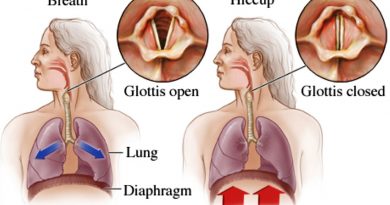How Do You Treat Degenerative Disc Disease?
Degenerative disc disease is a medical condition that is related to the patient’s age. It occurs when at least one of the discs between the patient’s spinal vertebrae deteriorates. Degenerative disc disease often results in severe pain and patients may also experience numbness, weakness, or radiating pain in their legs.
Despite the term, this condition is not a disease, but instead, degenerative disc disease happens naturally with age. The discs between spinal vertebrae are rubbery, which helps the spine to absorb shocks. Over time, they wear down and do not offer the same level of shock absorption. That can result in significant pain.
Common Symptoms
There are many symptoms associated with degenerative disc dise-ase. In some mild cases, the patient may not experience any symptoms. But for some, this condition results in significant discomfort. It may also lead to the patient developing osteoarthritis.
The most common symptoms are pain and stiffness in the lower back. However, other symptoms include:
- Shoulder pain
- Discomfort in the neck
- Pain in the arm and hand
- Leg or foot pain
- Muscle spasms in the neck and back
The pain from degenerative disc disease tends to increase with age. It can worsen when the patient sits, twists, bends, or lifts objects.
Treating Degenerative Disc Disease
There are many types of traditional medical treatments for degenerative disc disease. Some of the most common examples include physical therapy, exercises, stretching, weight loss, and medication. One method of pain relief involves injecting steroids and anesthetic into the damaged spinal disc. In some cases, this can provide the patient with significant pain relief but it is only temporary.
If the symptoms of degenerative disc dise-ase are severe and debilitating, medical professionals may suggest surgery. However, spinal surgeries are invasive and usually require a long recovery process.
These factors have led many degenerative disc patients to seek alternative medical treatments. One that many patients are exploring is regenerative medicine, also known as stem cell therapy.
Stem Cell Therapies for Degenerative Disc Disease
In the past several years, medical researchers have learned that stem cell therapies can help treat degenerative disc dise-ase. Mesenchymal stem cells have the ability to differentiate into different types of tissue in the body. They can be derived from autologous or allogeneic tissues.
Researchers have shown that stem cells’ growth factors may encourage the regeneration of intervertebral discs and tissues around them for improved support.
Stem cell treatments have offered patients an option to help address the condition with regenerative factors that can lead to pain relief and improve their daily wellness that can potentially avoid invasive procedures.
This post was written by a medical professional at Stemedix Inc. At Stemedix we provide access to Regenerative Medicine for back pain, also known as stem cell therapy for degenerative disc disease. Regenerative medicine has the natural potential to help improve symptoms sometimes lost from the progression of many conditions.




